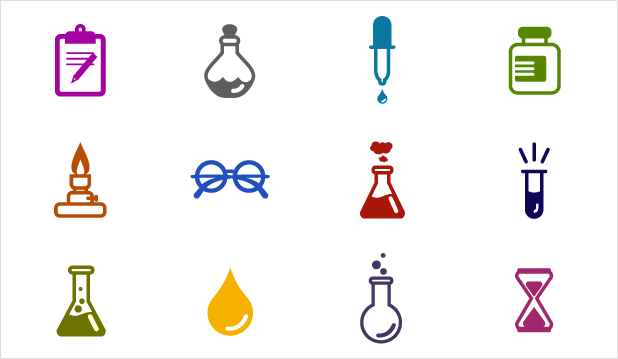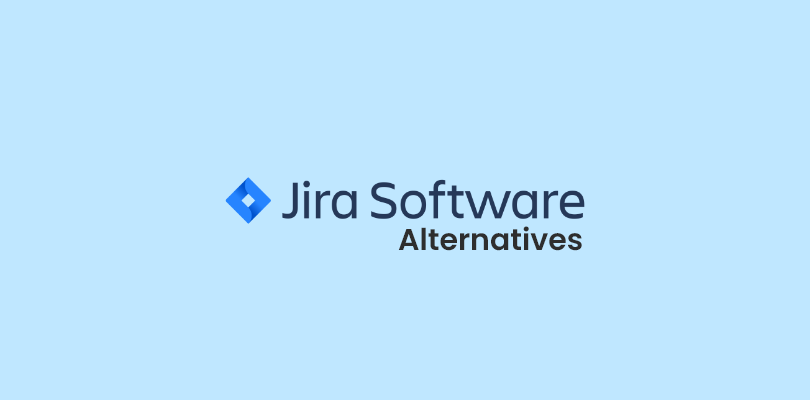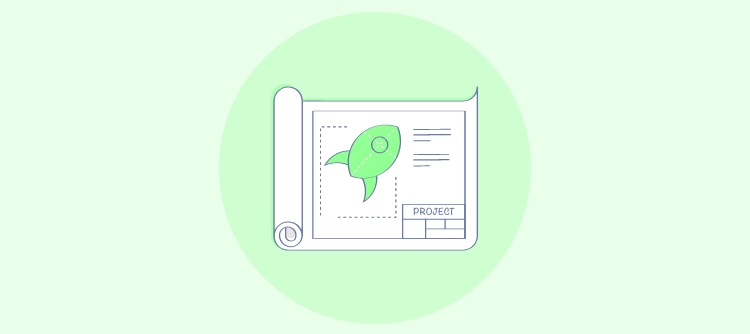
If you find your projects consistently missing deadlines and exceeding budgets, then you must ask the following questions:
- Am I over-promising on project outcomes?
- Do I have sufficient resources to implement the scheduled tasks?
- Is there mismanagement of resources within the team?
- Are project workflows strategically aligned with expected results?
- Do I need to swap my current management strategy with a better one?
Your answers to these questions will most likely answer why your projects are not turning out like you want them to. Maybe it’s time to reflect on the glaring signs of potential project risks and get down to chasing the right practices for a successful project.
To do this, you need to plan your project roadmap taking into account the key factors that can lead to project risks. Also, this is where project risk management software comes in handy.
In this blog, we will explore what a strategic risk management plan is, its goals, and how you can develop a reliable action plan step-by-step.
Let’s dive into it!
What Is Risk Management?
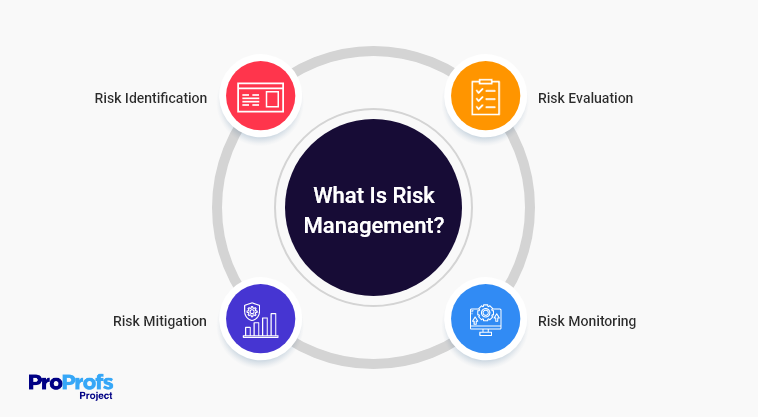
Risk management refers to managing potential threats to a project’s effectiveness. These threats may be natural, financial, legal, technical, or management-related.
These risks may impact the organization in ways such as overburdened resources and limited capital to carry on the project. The organization may also face low-quality output and decreased workflow efficiency. If not handled correctly and at the right time, these risks may even lead to total project failure, the repercussions of which will reflect in long-term revenue losses and difficulty in restoring business value.
To counter these risks, you need to identify, evaluate, and control them at an early stage, when they haven’t been fully set into the project processes.
These are the steps to follow in brief:
- Risk Identification: You must identify the risks that may hit your business. Look at similar projects that you ran previously and analyze whether they have the potential to hit your project again.
- Risk Evaluation: Once you have identified the risks, sit down to evaluate their cause, type, and impact. This is important because it will equip you with a better understanding of handling them successfully.
- Risk Mitigation: The next step is to strategize their elimination. You can devise different plans and arrive at the best one that will assure risk mitigation as soon as possible.
- Risk Monitoring: Simply implementing the plan is not a sure-shot bet to destroy the risk. Continue to analyze their recurrence throughout the end of your project’s life cycle for lasting change.
You can manage a risk effectively with a strategic risk management plan. Let’s explore what a risk management plan is and how to create one.
Read More: How Do You Ensure You Meet Your Project Deadlines
What Is a Risk Management Plan?
Being struck with risk is inevitable. What you can do, however, is anticipate potential risks and get down to identifying, analyzing, and controlling them with a strategic action plan.
A project risk management plan is put in place by project managers to reduce risk in the project. The aim is to minimize any negative impacts on your roadmap, project deadlines, and budgets. This can come in the form of any unplanned event affecting any area of the project, from the team to technology.
Thus, if you wish to beat these threats, having a risk management plan in place can help you do that.
A risk management plan includes:
- Approach: Define the methodology you wish to incorporate to carry out the risk management plan within the organization successfully.
- Risk Register: Create a risk register that holds every information related to the identified risk.
- Risk Breakdown Structure: Here, you identify the type of risk that you’re dealing with. Is it financial, legal, or a result of poor management?
- Risk Assessment Matrix: Evaluate the impact the risk will cause on your project and the organization. Is the risk small, big, or manageable?
- Role and Responsibilities: Authorize risk owners. The risk owners are responsible for keeping an eye on risks and managing them competently.
- Cost-Benefit Analysis: Although a risk may impact the funding you have set aside for your project, the risk management plan will require adequate funding to be implemented appropriately.
- Timing: The risk management action plan will obviously need some time to be implemented and show its results. Thus, keep some time as a buffer while defining the project deadline.
- Risk Response Plan: This outlines the action plan that will drive the risk out of your processes. This may be transforming your project workflows, redefining the previously established goals, or adopting a tool to turn your strategy into action.
Read More: How to Implement Strategic Alignment In Project Management
The Goal of a Strategic Project Risk Management Plan
Life is full of surprises. Even if you meticulously account for every penny in your project, risks will present themselves, and you will feel like your project has the rug pulled out from under it. Unfortunately, none of us have superpowers, and we can’t predict the future.
Effective risk management plans help keep your projects within budget, get your teams working more efficiently, and improve accountability across the organization. As a project manager, you are responsible for putting out the fires. However, your first step should be to avoid any such situations.
Anticipating risk and having a plan in place will allow your team to work more effectively and remain flexible. Your life will become a lot easier with a plan of action. When problems arise (which they inevitably will), you have a solution to tackle them.
Read More: 15 Best Project Planning Tools and Software List
How to Develop a Comprehensive Risk Management Plan
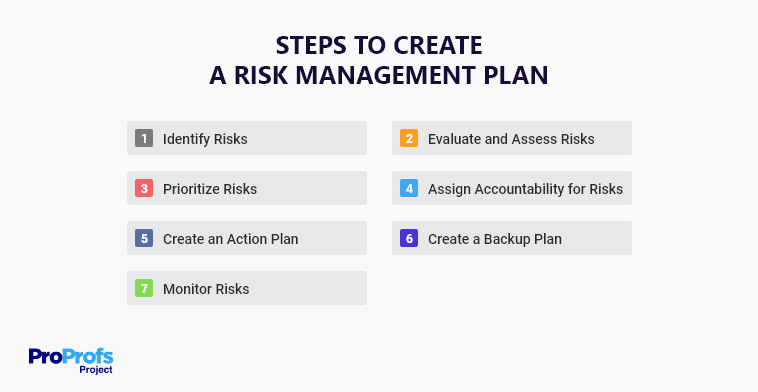
Forward-thinking project managers are equipped with a reliable risk management plan that saves them from last-minute panic. It helps them beat all odds to overturn any potential risks at the earliest possible moment successfully.
We’ll go step-by-step to help you understand how to develop a risk management plan quickly.
Let’s begin!
Step 1. Identify Risks
A project will most likely be exposed to common project risks during its execution. These risks will be well-known at the start of the project. Apart from these, there will be certain risks that will need more research to be spotted.
To start with, gather all the stakeholders in your project. Once you have all your stakeholders in one room, use this opportunity to communicate where risks may occur in the project openly. You can use previous business reports, project documents, or send out a questionnaire to your employees to help you with this process. Apart from discussing with your team, you might also consider surveying external stakeholders such as subject matter experts to get valuable feedback owing from their industry experience.
You’ll realize that every person on the project will have a different perspective of where risks may occur due to their role and responsibility. Using all the stakeholders helps ensure all bases are covered, and you are ready to tackle any risk. Remember to maintain a risk register that lists all risks listed for effective risk management planning.
Step 2. Evaluate and Assess Risks
The next step is assessing the risks you identified in the previous step. Categorize the risk as financial, legal, operational, performance, or market-related. This will help you improve risk handling with a dedicated string of activities.
Also, establish the time and money value each risk may cause for your project. Analyze the impact they will have on your project and whether the impact is big or small.
Think of three potential triggers for each risk and document them. When you are aware of the triggers ahead of time, you can come up with ways to nip the problem in the bud.
For example, if you zero in on a risk related to resource shortage, then the three potential triggers can be delayed tasks, unmet project deadlines, and unhappy clients. Similarly, find out the triggers for other risks to create a well-analyzed risk management plan.
Read More: 10 Best Client Project Management Tips to Win More Clients
Step 3. Prioritize Risks
Now is the time to prioritize the risks identified in the risk assessment plan.
Creating a risk assessment matrix will help you prioritize effectively. For this, you must evaluate risk in terms of its probability of occurrence. Rank your different risks as high probability and low probability risks. Next, evaluate these risks in terms of their impact. Do these risks have a high, medium, or low impact? Analyze this for each risk and assign the parameters a number. The risks that score the highest should be prioritized first. The risks that rank lower can be taken up once you have evaluated the high-priority ones.
Step 4. Assign Accountability for Risks
Next, you must assign each risk to an owner. With this, teams or team leaders will take on the responsibility for their own risks when they occur. As a result, they will be the first people who will be asked to carry out risk resolution measures immediately.
It would be best if you discussed why you assign risk owners responsibility. Define the skills and capabilities that you believe will enable them to resolve risks proactively. As a project manager, you are there to give the team the advice and instructions they need to deliver the project on time and keep risks at bay.
You can bring your whole team together by setting up a risk management plan and establishing risk owners. This will help risk owners better understand the entire risk scope, along with the impact of their individual roles in managing risks. Setting up a risk management plan also allows your team to make suggestions to improve a project.
Step 5. Create an Action Plan
Once you have assigned risk owners, it’s time to develop a risk management plan. The outline of risk management plan will consist of preventative measures to put in place that will help stop your risks from arising. These measures can be in two forms. First, the actions to be taken when you spot a risk. And second, identify ways to improve or enhance project execution so that risks are less likely to be encountered. This plan is crucial because it will equip you with strategic action to minimize the potential impact of a risk.
For example, you can adopt a team risk management software to ensure optimum team communication and efficiency throughout the project. This software will enable you to conveniently develop and implement your risk contingency plan using its simple and intuitive interface.
Onboarding a software will allow you to:
- Handle multiple projects simultaneously on a single platform
- Visualize progress in real-time using Gantt charts, Kanban boards, and more
- Gain key project metrics via insightful reports
- Give feedback for tasks via task comments
- Share files on the go
- Adjust workflows with a quick drag and drop
Thus, a strong action plan is armed with strategic practices along with a reliable risk management software to tackle risks and deliver successful projects.
Step 6. Create a Backup Plan
Risks often emerge when you’re least expecting them. So, it’s only wise that you have a backup plan in your arsenal. This should consist of alternate measures to take when a risk arises and a robust risk management software you can use to manage your plan of action.
Step 7. Monitor Risks
Creating a risk management plan is important, don’t stop there. You must act proactively and monitor risks even after a risk has been dealt with.
Keep an eye out for future risks and keep your teams and stakeholders informed. Keep revisiting your risk register and update information regarding the emergence and status of the risks.
Also, it is crucial to close a project with lessons learned in managing risks. Evaluate what could have been avoided and what you must remember while creating a risk management plan for your upcoming projects. This will assure high performance and promise consistent project success.
Mitigate Risks With a Bulletproof Risk Management Plan
The best way to manage risks is to identify when they’re still trying to find their feet in your workflows and processes. Once you spot them, be prepared to come out with all guns blazing to knock them down as quickly as possible.
To successfully tackle a risk, integrate a well-structured and well-researched risk management plan into your overall project management plan. It will save you from the sudden jolt of uncertainty and ensure that you are confident and prepared to take action to rectify the damage. Bringing project risk management software on board will help you gain visibility into ongoing tasks and update you on overall real-time progress.
So, buckle down and create a risk management plan for your next project right away!
Do you want a free Project Management Software?
We have the #1 Online Project Management Software for effective project management.



